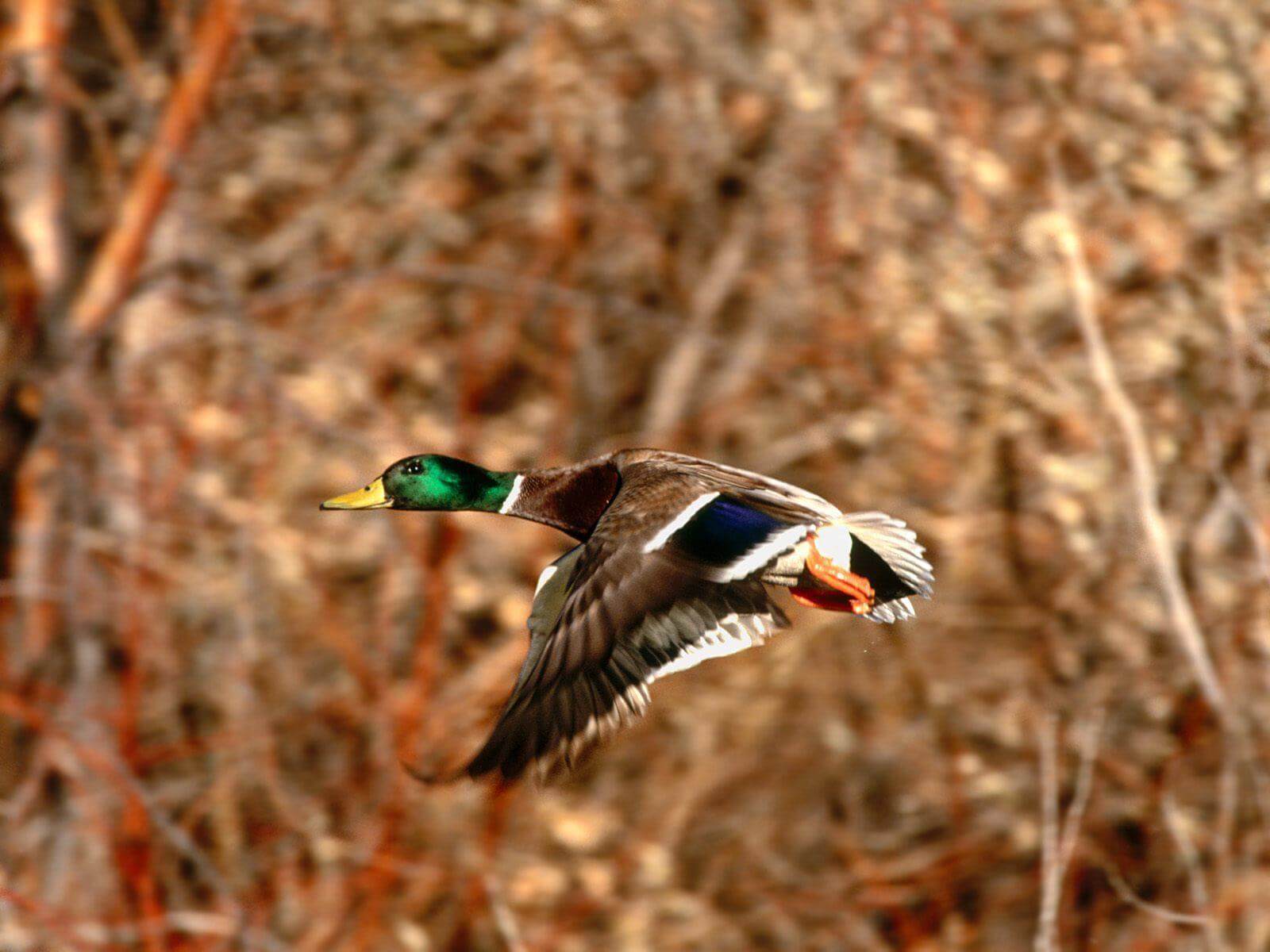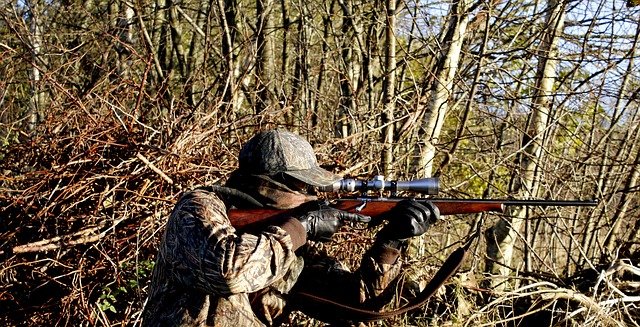
A target load can help you get more shots. These load are made to higher standards which can lead to a higher shooting rate. A dove typically flies at 55 MPH. However, tailwinds can make it fly faster. To shoot a dove, a good lead is essential. However, you can use lighter loads to achieve this. To shoot a dove, you should remain motionless until it is within about 25 to 35 yards of your target. You can also shoot once, or twice, and use a lighter load.
Begin your dove hunt with a search for birds in their natural habitat. Doves can be found in areas that are most common, such as fields with wheat stubble and corn silage. You can also hunt near exposed banks and ponds. Check these fields out before hunting season starts to ensure they are feeding and active. To be able to watch for birds coming in, you should set up right next to the area where they fly. To catch them, you can use motion wing lures. The local game agent can help you determine the best places to hunt doves.
Once you've chosen a spot, you should observe weather patterns. Watch out for cold fronts and rainstorms. Doves won't hunt in cold weather, so they will avoid shotguns. For information on where you can hunt doves, check out the website of the Department of Natural Resources of the state. Once you spot a dove in flight, you should move to increase your chances of seeing it again.

If you are trying to shoot a dove with a decoy, you should set up several in the same area. It is important that you can distinguish between a real decoy from a fake one. If a decoy looks like a bird, it might be a dead tree or fence you need to jump on to get closer. If you can't tell the difference, use a decoy of a dove instead of a real one.
Doves move, so they must be located in a safe area. You should search for doves in your local area by looking for trees where they roost. Once you have located the best spot, move closer to the tree and watch for doves to descend. You'll then be able see the dove leaving and returning.
FAQ
What type of training does it take to become an experienced hunter? What's the time commitment?
A basic course is required to learn how hunt. This course will teach you about hunting and give you information about the laws.
You will be taught how to safely handle ammunition and firearms. These items can also be used safely.
The course can last anywhere from 2 weeks to 3 months. Some courses are offered online. Others are held in person.
A written test must be passed to become eligible for a licence. You may also need to show that you have completed a hunter education course.
What does it cost to be licensed? What if my budget is limited?
The cost of licensing varies by state. The cost of licensing can range from $20 to more than $100.
You might be eligible to apply for a loan/grant if you don’t have enough money.
A tag must be purchased in addition to the hunting fee. Tags vary in price based on the type of game you plan to hunt.
Tags are available to deer, elks and bears as well waterfowl, upland bird, and furbearers (like foxes).
Some states require that you register with the Department of Natural Resources in order to obtain a license.
Check the regulations in your area before you hunt.
Why is it that the U.S. Department of Agriculture (USDA), only estimates that 1% of hunters kill a deer each year?
USDA estimates that 6.5 Million Americans hunt deer. Only about 2.2 Million actually shoot one.
This means that only about 0.6 percent of all hunters kill a deer each year.
What are the benefits to hunting?
Hunting is an ancient practice that many cultures across the globe have continued to do. Hunting was used to provide food, clothing, shelter and tools as well as medicine. People hunt today for sport and recreation, as well as for food and entertainment. Hunted animals' meat is often consumed right after being killed. The skin, fur and feathers of the animal are then eaten, along with any other parts such as their antlers, horns or teeth.
Hunting is not only a way you eat, but it's also a way you live.
Hunting is a sport that builds strong bonds between family members and friends. They share stories and memories at campfires and over meals.
Hunting and nature are a joy for hunters, and this helps them appreciate the rest of our planet.
When they take care of wild animals, they learn respect and responsibility.
Conservation makes hunters better citizens. They are responsible for protecting habitats and species. They know how much water and land we need to survive.
Hunters make up a part of a larger group. Their families are dependent on them. They support one another. They support local businesses.
Hunters are known for their generosity. Many hunters donate money to charities that assist children, the elderly, and veterans, among other causes.
Hunters also have the opportunity to give their time to assist those in crisis. For example, they might work with the Humane Society or the Red Cross.
Statistics
- - Percent of residents with paid hunting licenses: 0.7%- (stacker.com)
- According to the Wildlife Restoration Act, passed in 1937, most of the state conservation efforts are funded through hunting and fishing license sales and firearms sales. (stacker.com)
- Less than 1% of Hawaii's population has a hunting license. (stacker.com)
- Licenses dropped from a peak of roughly 17 million in the 1980s to 15 million in 2019, according to The Seattle Times. (stacker.com)
External Links
How To
How to find the best hunting spots within the forest
First, you need to decide what kind and type of game to hunt when hunting. There are many types of wildlife and birds that live within forests. If you don't know what kind of animal you want to hunt, there won't be any places where they can be caught.
There are two main categories of animals that inhabit the forest: large mammals and small ones. Deer, moose and caribou are the large mammals. Small animals include rabbits. Each species has its unique habitat. This means that you need to pick the best spot before heading out into woods. You can check your local area's flora and fauna list online to see whether there are any endangered species living near your home. Make sure the area you intend to hunt is free from poaching if you want to hunt that species.
Knowing how to properly setup your equipment is essential if you plan to hunt a particular animal. Use the right equipment to maximize your chances of success. A rifle that can fire accurately at close range is ideal for hunting rabbits. A rifle that can fire long distances will be necessary for hunting larger animals such as deer. You will also need bait to lure the prey. Some people recommend placing meat inside a trap to lure the animal, while others prefer using corn or peanut butter. No matter which method you choose to use, be sure you adhere to all the laws of the country in which you hunt.
There are many factors to consider when hunting. These include the terrain, vegetation, wildlife populations, and accessibility. Safety is the main consideration when hunting. It is important to choose a safe hunting area that is free of predators and other dangerous animals. Avoid hunting areas that have too many people, particularly during hunting season. The seasons can help you plan when to hunt.
You should consider the weather when choosing a hunting location. This is very important because it determines the number of animals that will be around. When temperatures drop below zero Celsius, snow covers the ground. The thick snow layer makes it difficult for coyotes, bears, wolves, deer and other animals to be seen. You might spot them if the weather is clear. On the other side, summer is when temperatures exceed 30 degrees Celsius and the sun warmths the earth. The heat causes animals to flee from the heat in order to find shelter.
It is important to consider the terrain. A flat surface makes it easy to walk and run through the area, but uneven surfaces require extra effort. Steep slopes are harder to climb, and rivers and streams often cause muddy trails. Try to find a place that doesn't have any obstacles, so you can easily travel through the area.
The vegetation should be considered as well. Plant size and density will vary depending on the environment. Large trees provide shade for small animals while shrubs, bushes and bushes offer cover and shade. You should search for dense vegetation if you wish to find large animals.
The amount of wildlife should be taken into consideration. The United States alone has over 100 million deer. They eat half of what crops produce and play an essential part in maintaining biodiversity. However, if the population grows too big, they could become pests and damage the ecosystem. It is therefore important to keep the population in balance.